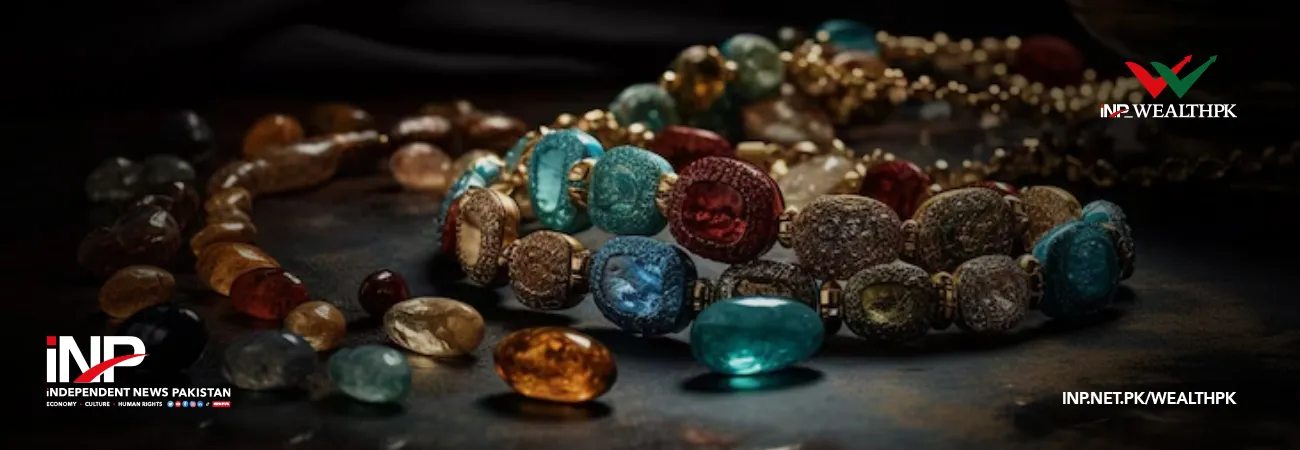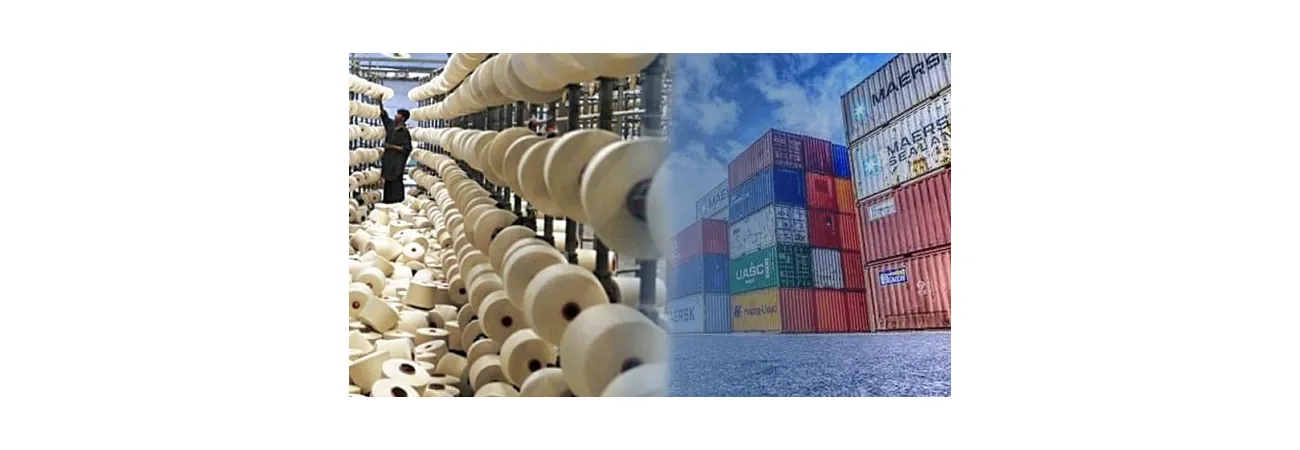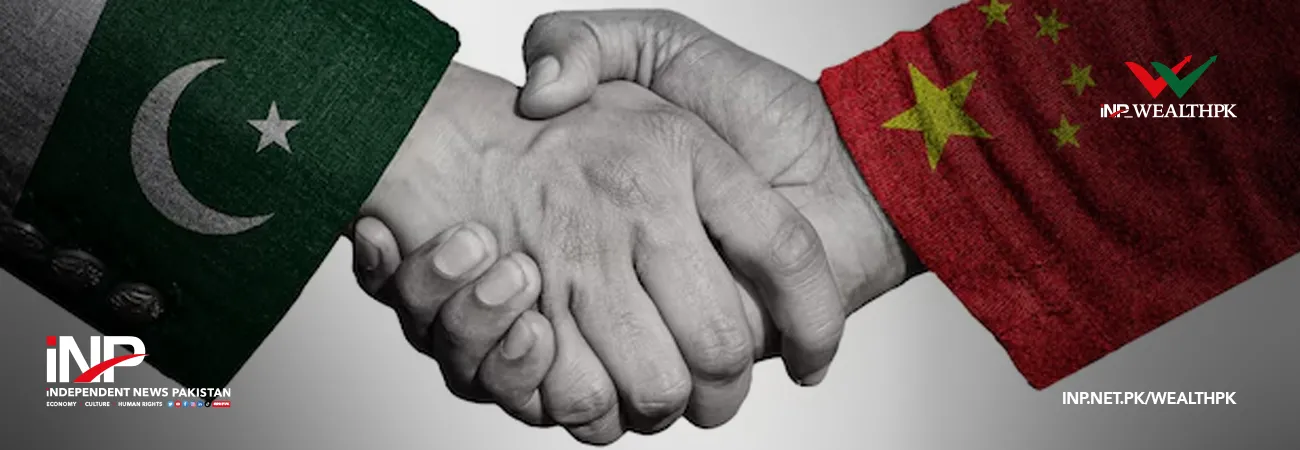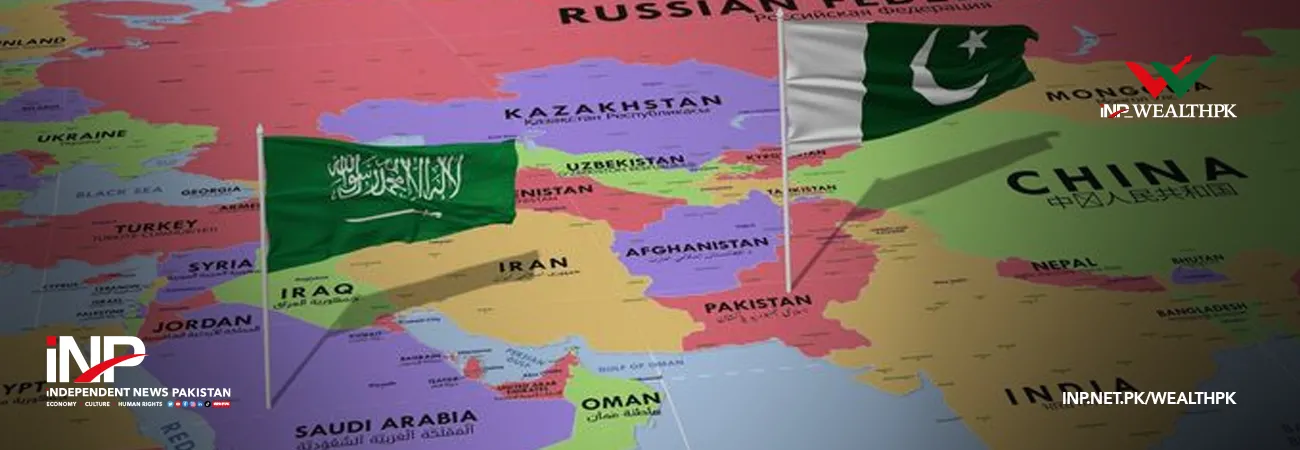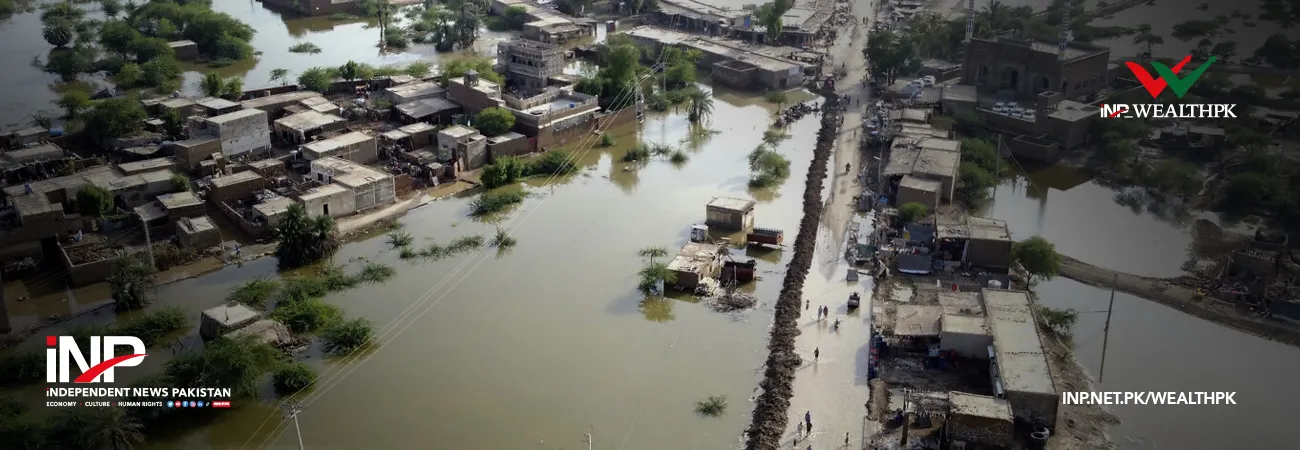INP-WealthPk
Ahmed Khan Malik
The gemstone industry in Balochistan remains underdeveloped and disorganised due to inadequate infrastructure, lack of modern equipment, poor marketing strategies, and minimal government support.
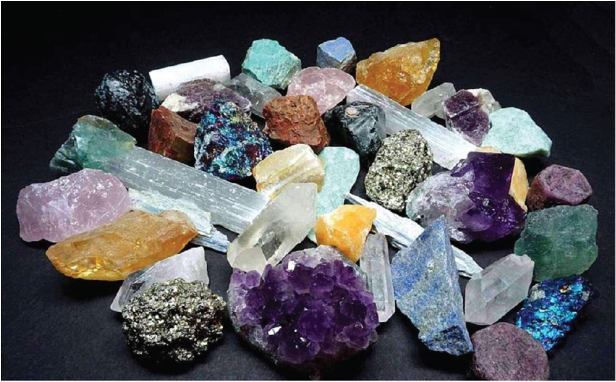
Balochistan is home to a wide variety of precious and semi-precious gemstones. From emeralds and rubies to topaz, garnet, and aquamarine, the province holds immense potential in the gemstone mining and trading sector. The region’s unique geological composition, particularly in areas such as Chagai, Zhob, Loralai, and Kalat, contains vast untapped deposits. “These gemstones could contribute significantly to Pakistan’s economy if properly harnessed.
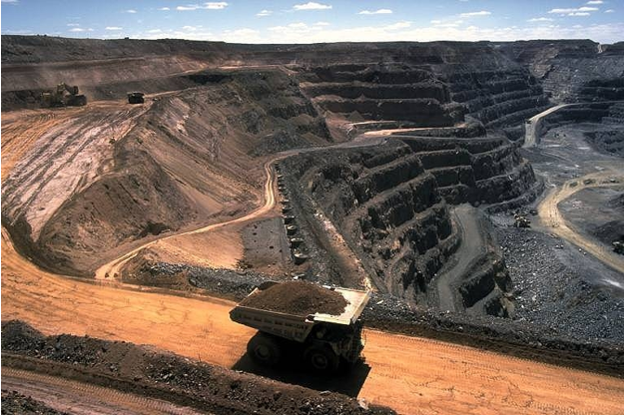
Instead, the sector remains largely informal, with much of the mining conducted by untrained labourers using outdated methods and without safety precautions,” Zar Wali Khan, a gemstone miner in Loralai, told WealthPK.
He pointed out that one of the biggest challenges facing the gemstone industry in Balochistan is the lack of basic infrastructure. “Poor road access to mining sites, an insufficient electricity supply, and the absence of modern mining equipment have significantly restricted growth and investment. Many mining areas are located in remote mountainous regions where transporting extracted gemstones is both difficult and expensive.”
“We often have to transport raw stones using donkeys or motorcycles,” said Zar Wali. “We don’t have proper tools or facilities. Even clean water is hard to find in these areas.”
“There is also a severe shortage of gem-cutting and polishing facilities in the province. As a result, most of the gemstones mined in Balochistan are sold in raw form to traders from other provinces or exported cheaply, losing potential value that could have been added through local processing,” Zar Wali explained.
“In addition to infrastructure problems, the gemstone industry suffers from a lack of marketing, branding, and awareness both at the national and international levels. Unlike other gemstone-producing countries such as Sri Lanka, Myanmar, or Thailand, Pakistan has yet to establish itself as a reliable global supplier of quality gemstones,” said the Loralai gemstone miner.
“There is no organised marketing platform for Balochistan gemstones,” said Syed Imran Shah, a gemstone trader from Quetta. “Most buyers and even exporters don’t know the quality of stones we have here. There is no grading system, no certification process, and no international promotion.”
Traders often face challenges when participating in trade fairs or international exhibitions due to lack of funding, poor documentation, and language barriers. Moreover, middlemen dominate the trade, leaving miners and local traders with minimal profits, he said.
Imran noted that another major hurdle is the lack of skilled manpower. “Most miners have little to no formal training in gemstone identification, grading, or valuation. This not only affects the safety and productivity of mining operations but also leads to undervaluation of precious stones. Sometimes miners unknowingly throw away valuable stones because they can’t identify them,” he explained.
While the provincial government has shown interest in developing the mineral sector, tangible efforts to support the gemstone industry remain limited, Imran said, and called for creating dedicated gemstone development zones equipped with cutting, polishing, training, and certification facilities.
Establishing a gemstone research institute in Quetta and launching awareness campaigns about the province’s gem wealth could also boost the sector.
Incentivising private investment, simplifying mining licences, and offering subsidies on equipment and transport could help formalise and make the sector more sustainable, the Quetta gemstone trader said.
Credit: INP-WealthPk



